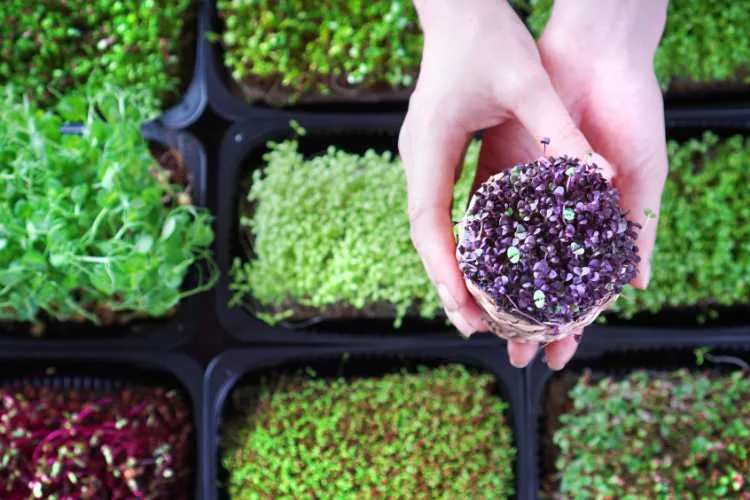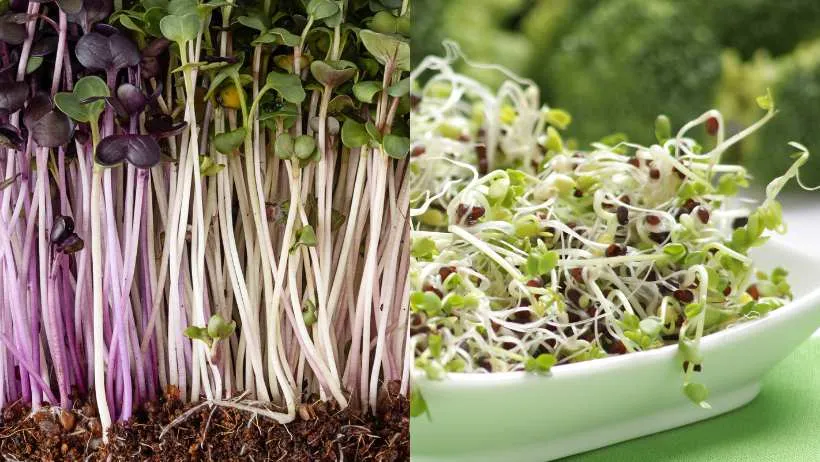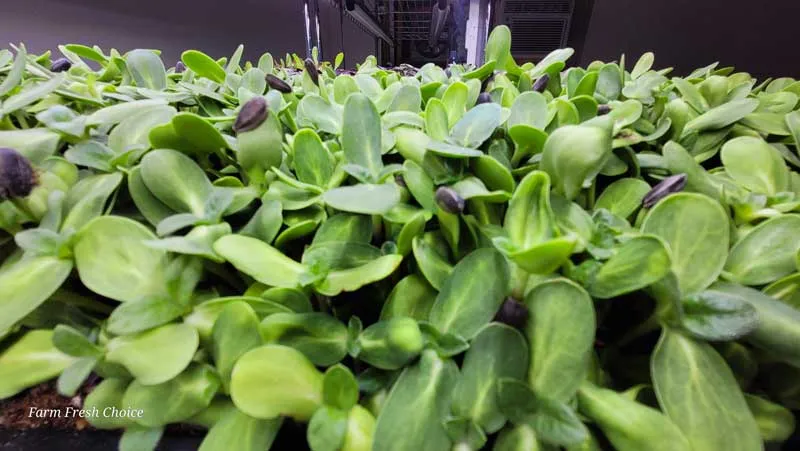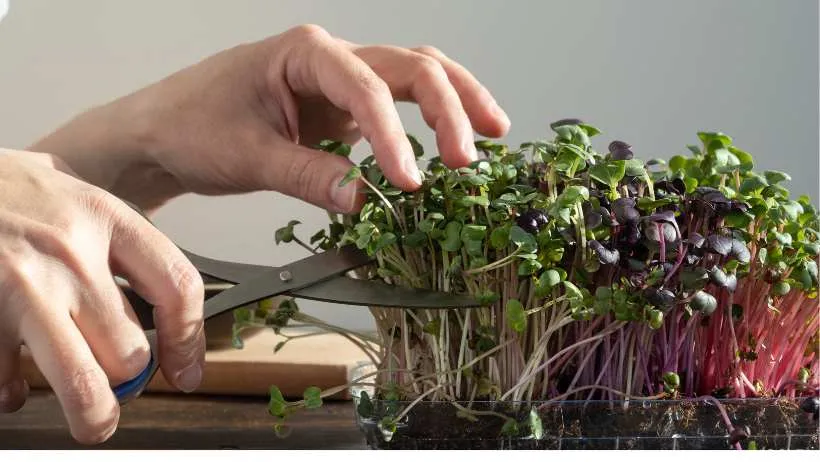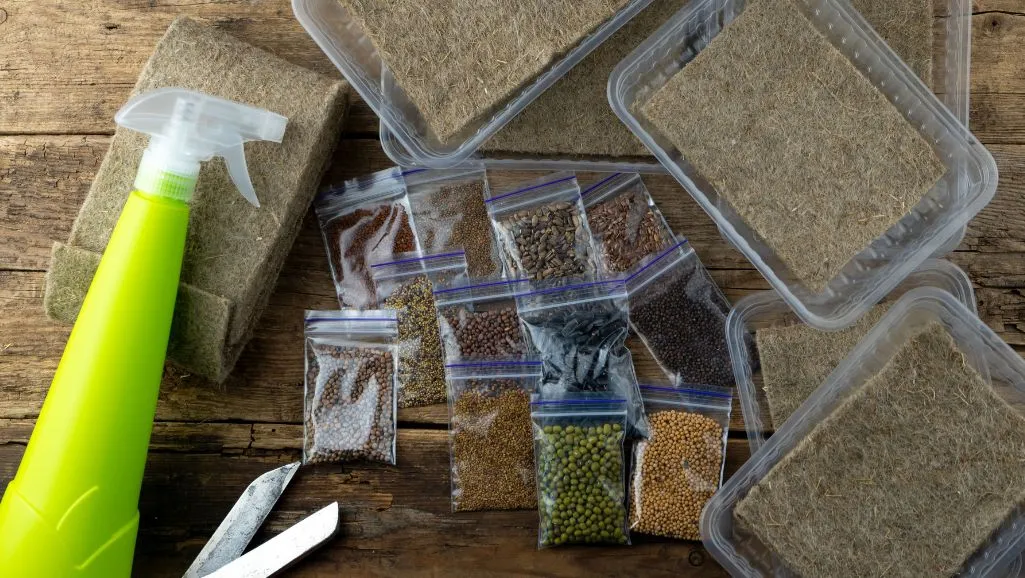You’ve likely spotted microgreens everywhere — on fancy restaurant menus, Instagram smoothie bowls, and even at your neighborhood farmer’s market. You walk away with little greens and large price tags, asking yourself, “Why are these little plants so expensive?” It’s not only because they’re fashionable. There’s a lot more happening under the surface, and it’s not just the dirt they’re grown in.
Microgreens are pricey, and it’s not a scam. The expenses add up for multiple reasons: growing them is labor-intensive (yeah, it’s like babysitting plants), they have a super short shelf life, and running costs can — phew! — balloon. And remember — people want them because they’re little nutrient powerhouses. Let’s get into it and see what makes these greens heavy hitters on your wallet.
Why Are Microgreens So Expensive?
Let’s get real—microgreens don’t grow on trees. Technically, they don’t, but the price can make you think they do. First off, there’s the actual cost of producing them. Microgreens need space to grow and take up more real estate than you’d expect for something so tiny. Throw that you’re growing them in controlled conditions (we’ll discuss that briefly), and you have steep production costs. Did I mention they’re a hit among health fanatics and foodies? The demand for these little nutrient bombs is through the roof. All this means is that there are high prices at checkout.
The Labor Involved in Growing Microgreens
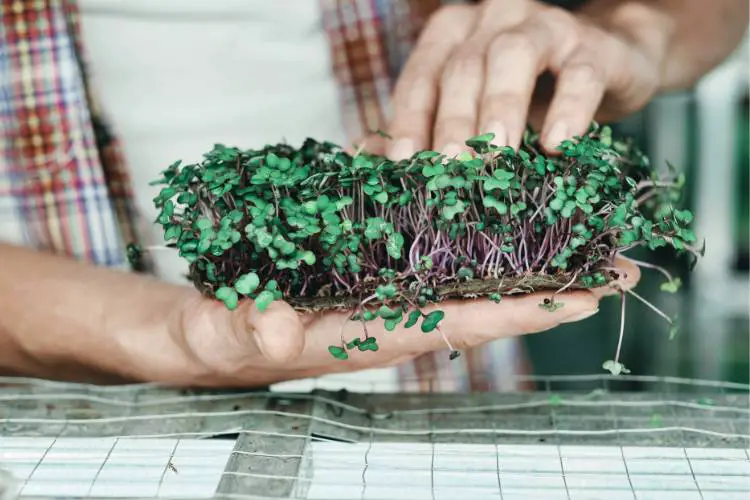
You might think, “Micro greens are tiny; how hard could it be?” Imagine babysitting 100 toddlers at once, each needing constant attention and specific conditions to thrive. That’s what it’s like growing microgreens. Sure, they sprout in 8 to 14 days, but those two weeks are intense.
Farmers are on the clock, manually sowing microgreen seeds, watering them (sometimes twice a day), and monitoring for mold and other nasties that can ruin an entire crop. This isn’t some automated, set-it-and-forget-it process—nah, it’s hands-on from start to finish. Most farms don’t even have fancy tech to do the hard work, meaning a lot of manual labor goes into ensuring each tray is perfect.
And here’s the kicker: microgreens demand constant attention. Forget to water them or let a tray sit in bad light for too long, and boom—your crop is toast. Unlike full-grown veggies that are a bit more forgiving, microgreens are divas. You can’t just walk away for a day or two. You have to be present and ready to handle any drama these baby plants throw your way.
Short Shelf Life of Microgreens
Ah, the infamous shelf life. Imagine buying a perfect avocado, but it’s good for 24 hours. That’s kinda what happens with microgreens. They’re delicate and perishable—let them sit too long, and they lose their superpowers. Most microgreens start losing their nutrient density within 24 hours of being harvested. Some might last a week (if you treat them right), but you’re getting the best bang for your buck if you eat them the same day you bring them home.
Retailers know this, and it puts pressure on the supply chain. If they don’t sell quickly, they’ll throw these pricey greens in the trash.
And that means—guess what? They’re jacking the micro greens price to compensate for those inevitable losses.
Growing your own at home with a microgreens growing kit, for example, helps you bypass the tedious process of purchasing microgreens with a relatively short shelf life. That allows you to harvest them fresh, as you need them, and extract maximum nutritional value.
Plus, these little guys need special care. We’re talking careful packaging, fast distribution, and cold storage. Otherwise, they turn limp and lose their crunch, and nobody wants to pay top dollar for sad greens. It’s a race against time, and that race costs money.
Operational Costs of Growing Micro greens
Let’s talk shop. Growing microgreens isn’t as simple as scattering seeds and hoping for the best. No, this is full-on farming with a twist—everything has to be perfect. These plants grow best in controlled environments, which means farmers grow lights, fans, and irrigation systems practically around the clock. Electricity bills? Sky-high. Water usage? You bet.
And then there’s the growing medium. Microgreens aren’t picky eaters but need a good foundation—soil, coconut coir, or hydroponic mats. And guess what? You can’t reuse most of these materials, so every batch comes with fresh costs. Then you’ve got trays, shelving, and hydroponic setups that need regular upkeep or replacement.
Seeds? Yeah, they’re not cheap either. Microgreens need a high seed density to grow those lush trays you see at the market. Organic seeds or specialty varieties can cost an arm and a leg, especially when you need a lot of them. All these costs add up, making microgreens one of the priciest crops to produce—small in size, big in overhead.
High Demand and Nutritional Value of Microgreens
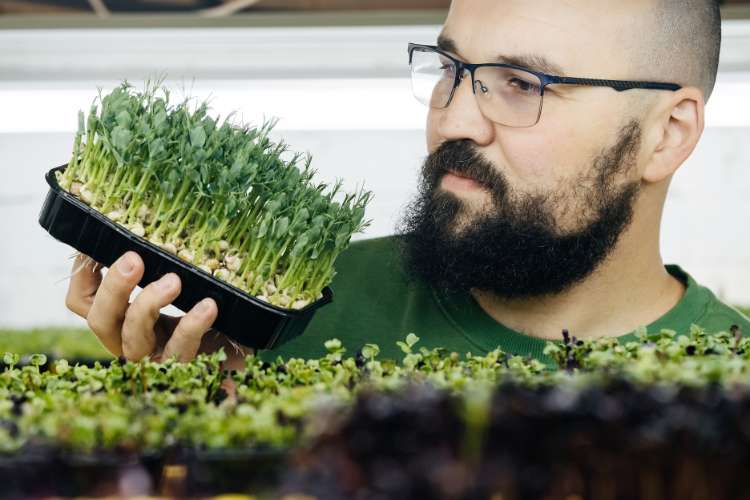
Why are people willing to pay so much for a handful of tiny greens? Two words: superfood status. Microgreens are the food equivalent of those kids in school who were good at everything—they’re loaded with vitamins, minerals, and antioxidants. Studies have shown that microgreens can pack up to 40 times the nutrients of their full-grown counterparts. Yeah, 40 times. It’s no wonder people will shell out some serious cash for them.
The demand for micro greens has exploded, especially in high-end restaurants and among health nuts. Chefs love them for their vibrant colors and bold flavors, which make any dish look and taste like something straight out of a Michelin-starred kitchen. Microgreens are the ultimate fast fix for people looking to improve their nutrition. Toss them in a salad mix, sprinkle them on a smoothie, or throw them in your taco—they’re as versatile as they are healthy.
But here’s the thing: the more in-demand they are, the higher the price. With more people jumping on the microgreen bandwagon, farmers can charge more, knowing that health-conscious buyers are happy to pay for that luxury.
Conclusion
So, are microgreens worth the price? Absolutely—but only if you appreciate what goes into them. These little greens aren’t just plants—they’re the product of a labor-intensive process, short shelf life, high operational costs, and massive demand. They’re packed with nutrients and flavor, making them worth every penny for some folks.
The next time you reach for a pack of microgreens and cringe at the price, remember—you’re paying for more than just a handful of plants. You’re paying for the effort, the attention to detail, and the nutritional punch they bring to your plate.

